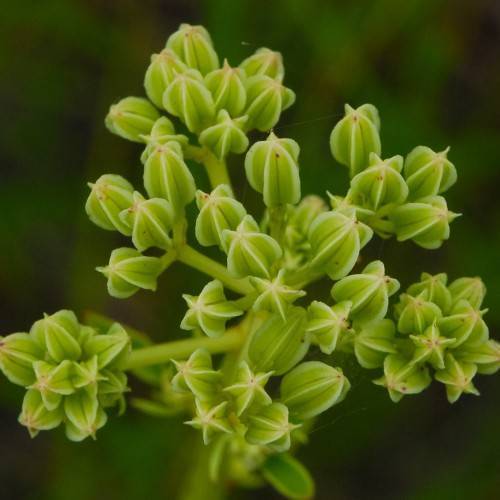
Tuberous Indian Plantain
Arnoglossum plantagineum
Watering:
Minimal
Hardiness Zone:
Sun:
full sun,part shade
Leaf:
Yes
Growth Rate:
Low
Drought Tolerant:
Yes
Salt Tolerant:
Yes
Care Level:
Medium
watering
Parry's Arnica should be watered moderately and regularly, usually twice per week. Keeping the soil evenly moist but not soggy is the key to healthy growth. Water the plant thoroughly until water runs out of the drainage holes of the pot. Allow the top layer of soil to dry out slightly between waterings. During the hot summer months, watering more frequently may be necessary. During the cool months, when the plant is dormant, reduce watering and let the soil dry out completely between waterings.
sunlight
Parry's Arnica is a sun-loving plant species that needs plenty of sunlight throughout the day to thrive. It can tolerate some shade, however, it prefers full sun or at least 6 hours of direct sunlight each day. The best time of day for sunlight for Parry's Arnica is during the morning and afternoon hours between 10 am and 4 pm when the sun is not too intense. This plant grows best in an area that has plenty of direct sunlight, so make sure it is placed in a spot where it will get the necessary amount.
pruning
Parry's arnica should be pruned shortly after flowering in late spring or early summer. The plant may be slightly cut back in early spring to encourage full growth and prevent woodiness. To prune, remove any dead or twiggy stems and clip back overly long or out-of-shape stems to the furthest bud or leaf. This will help the plant retain its shape and promote full, healthy growth. Heavy pruning can reduce flowering, so only lightly prune any part of the plant that is badly overgrown.
